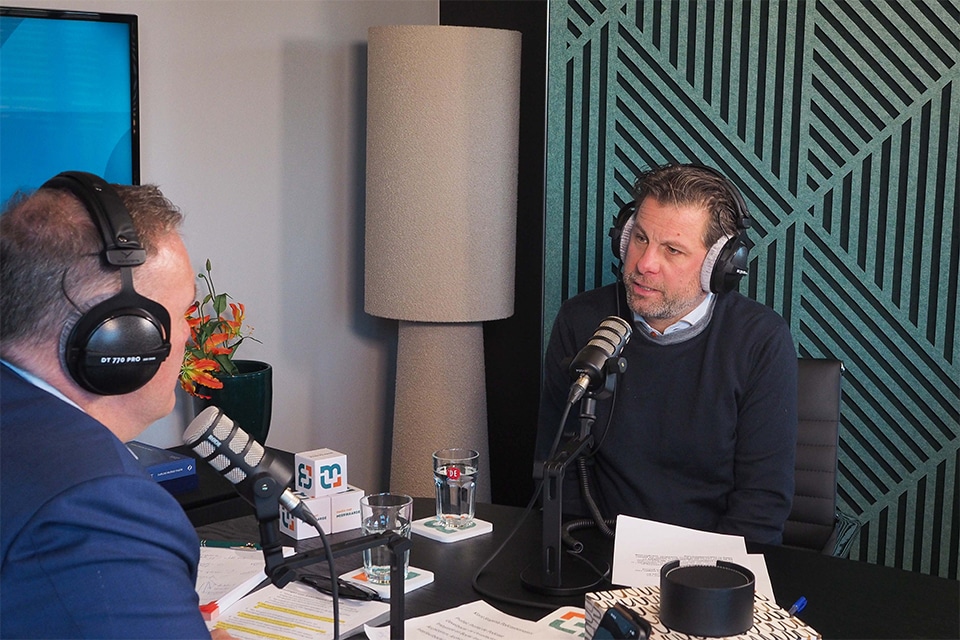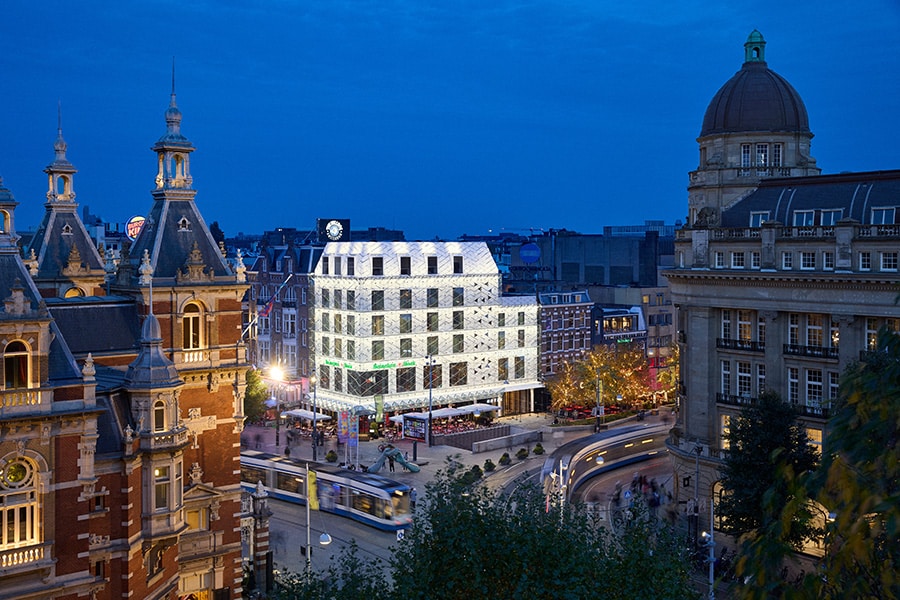
'The new way of working focuses on all senses'
Employers are required to ensure the safety and health of their employees. Also during the corona pandemic. Central to containing the coronavirus are hygiene and keeping sufficient distance. "The latter in particular is not easy in large, open-plan offices," says Pascal van Dort, Global Acoustics Ambassador at Rockfon.
"On the advice of the government, people now work at home as much as possible. When they later return to the office (in phases), it is important that the right provisions are in place here. By including acoustics in this, employers kill two birds with one stone."
Knowledge Institute for Mobility Policy (KiM) recently announced that the Dutch want to work from home more often even after the corona crisis. "Organizations must therefore redesign their offices," Van Dort believes. "In the future, employees will not only come to the office to work, hold meetings and brainstorm, but especially for the social aspect. Before the pandemic, the hybrid office represented only 4 to 5% of total commercial real estate. According to recent research by Jones Lang LaSalle, that will increase to 30% within a decade."
A hybrid office is a workplace that facilitates employees to work both in the office and remotely. The office is much more of a meeting place, rather than a place where you work at one desk all day. "In a hybrid office, you'll find different types of workstations. Think for example of a classic board-room setup, but also of inspiring meeting corners and concentration rooms in which employees can withdraw to focus. Herein also lies the (acoustic) challenge. After all, when a number of colleagues are meeting, brainstorming or video calling, other employees should not be disturbed by this. TrueLime's new office in Breda is a fine example of a project in which various places for formal and informal meetings have been created, without losing sight of this."
In a recent survey, 71% of more than 500,000 respondents cited noise as a crucial factor in the workplace, resulting in a dramatic average satisfaction score of only 33% (Leesman Index, 2019). "This percentage will increase further when moving to a hybrid office," Van Dort expects. "To prevent employee fatigue, headaches, concentration complaints, frustration, stress and ultimately absenteeism, additional acoustic measures are necessary. These measures go beyond placing a few plants or acoustic lights. In recent years, too much has been designed for the eye, while for optimal well-being, all the senses must be stimulated. Both in new and existing buildings, customization is required, whereby an Action Plan is made based on factors such as shape, room content, ceiling heights, number of employees and workplace requirements. Rockfon is happy to contribute to this by using the right ceiling and wall solutions to provide an excellent acoustic basis for a safe, productive but, above all, pleasant working environment."




